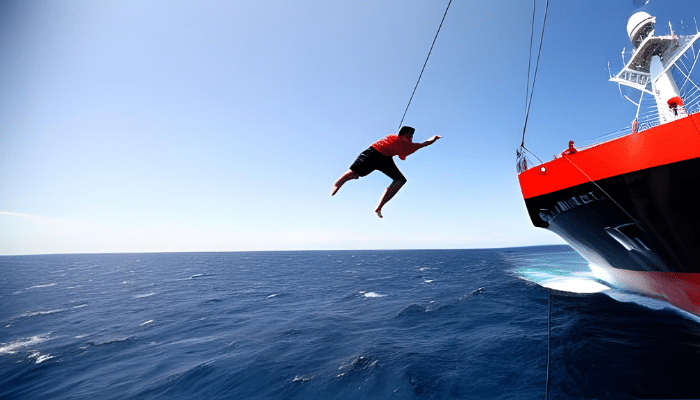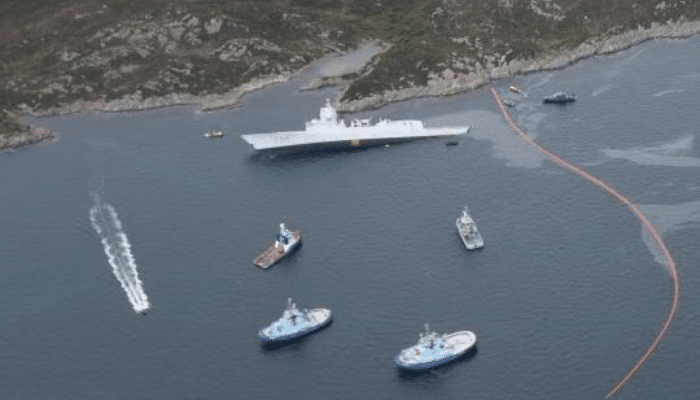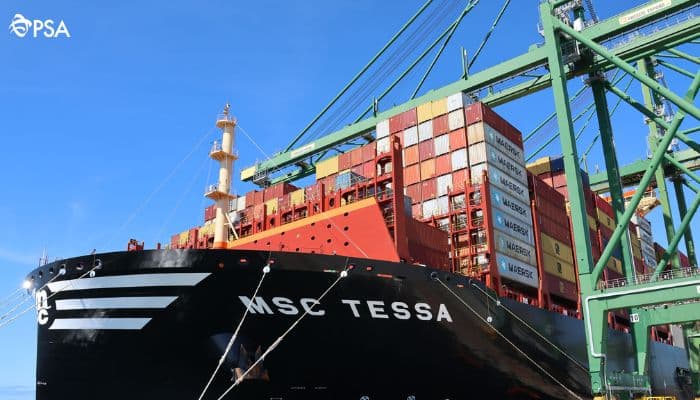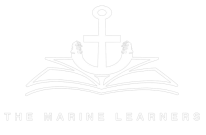

The International Maritime Dangerous Goods Code or IMDG Code was adopted in 1965 as per the SOLAS (International Convention For Safety Of Life at Sea) Convention of 1960 under the IMO. Also, some of the provisions of MARPOL are extended in the IMDG Code. IMDG Regulations are updated periodically. In 2020, the 2018 edition came into effect. However, the 2020 codes came into effect on 1 June 2022, after a five-month delay caused by the covid-19 pandemic.
The objective of the IMDG Code is to ensure the safe transport of dangerous goods and prevent all types of marine pollution while allowing the free unrestricted movement of such goods. It also focuses on the preservation of the marine environment and the prevention of pollution. Voluntary compliance with the code began on 1 January 2019, and mandatory compliance with the code started on 1 January 2020.
It was developed as a uniform international code for transporting dangerous goods by sea, including packing, container traffic, and stowage, with special emphasis on segregating incompatible substances. It is a two-volume set, and another one-volume supplement emphasises fires and spillage emergencies.
The IMDG code also ensures that the goods transported through seaways are packaged so that they can be safely transported. The dangerous goods code is uniform. This means that the code applies to all cargo-carrying ships worldwide.
Dangerous goods are those materials essential for manufacturing items like electronics, cars, batteries, and pharmaceuticals, for which there is tremendous demand and take up a large chunk of world trade.
Related Reading: 8 Things Deck Officers Must Know While Handling Packaged IMDG Cargo
The dangerous goods code has been created per the recommendations of the United Nations panel of experts on the transportation of hazardous goods along with the IMO (International Maritime Organisation). This proposal by the UN was presented as a report in the year 1956, after which the IMO IMDG Code was started to be drafted in the year 1961.
Related Reading: 5 Instruments of IMO every Seafarer Should Know
Since marine transportation has undergone a lot of development and changes, it becomes essential that the code also keeps up with the changes. This is why there have been constant amendments to the IMDG code. The amendments are proposed every two years, and the adoption of the amendments takes place after two years of the proposal by the concerned authorities. The amendments are presented in this manner:
Related Reading: Material Safety Data Sheet or MSDS Used On Ships
Shipping dangerous goods is a very tricky business. This is why to avoid complications or problems while categorising the aspect and level of danger; there is a set of classifications for dangerous goods. There are nine clauses in which dangerous goods are classified. The dangerous goods labels and dangerous goods certificate for the cargo are issued as per the nine clauses, which are explained as follows:
Related Reading: Classification of Dangerous Goods
All the crew members engaged on a ship and involved directly with dangerous cargo carried on board the vessel must undergo a dangerous goods course based on STCW requirements and prepared as per IMO guidance. Several shore-based training centres offer dangerous goods training to handle the IMDG cargo on a ship. The following are essential points that a seafarer must understand under the IMDG code:
Related Reading: Cargo Handling On Ships – 10 Tips That Can Save Your Life
Related Reading: Understanding Principles Of Passage Planning
Related Reading: Fighting Fire In Ship’s Cargo Hold
At present, the reach of the IMDG Code extends to about 150 countries worldwide, with around 98% of ships following the code’s requirements. This figure helps us understand the code’s effectiveness concerning shipping dangerous goods across the oceans and the marine life forms that exist therein.
The IMDG Code was formulated to ensure the safe carriage of dangerous goods in a packaged form at sea to prevent loss of life and property at sea and prevent marine pollution.
It has four contents; the first part contains the general provisions, definitions and training-related information. The second part contains the detailed classification of goods into different types, the fourth part contains packing and tank provisions, and the fifth part outlines the consignment procedure.
The similarity and consistency in the UN Recommendations, the IMDG Code and other dangerous goods transport regulations are intended to increase user-friendliness, ensure compliance with the regulations and the safe transportation of dangerous cargo in a packaged form.
IMDG Certification enables someone to ship hazardous goods via sea internationally. However, this Certification lasts only three years. One needs to ensure his Certification remains active by passing a renewal course.
It is like a key to determining how packages for dangerous goods are selected, marked and labelled. It helps to ensure that the vehicle is correctly placarded and the shipment is appropriately documented.
You may also like to read –
Disclaimer: The author’s views expressed in this article do not necessarily reflect the views of The Marine Learners. Data and charts, if used, in the article have been sourced from available information and have not been authenticated by any statutory authority. The author and The Marine Learners do not claim it to be accurate nor accept any responsibility for the same. The views constitute only the opinions and do not constitute any guidelines or recommendations on any course of action to be followed by the reader.
The article or images cannot be reproduced, copied, shared or used in any form without the permission of the author and The Marine Learners.
SaveSave
SaveSave










We believe that knowledge is power, and we’re committed to empowering our readers with the information and resources they need to succeed in the merchant navy industry.
Whether you’re looking for advice on career planning, news and analysis, or just want to connect with other aspiring merchant navy applicants, The Marine Learners is the place to be.